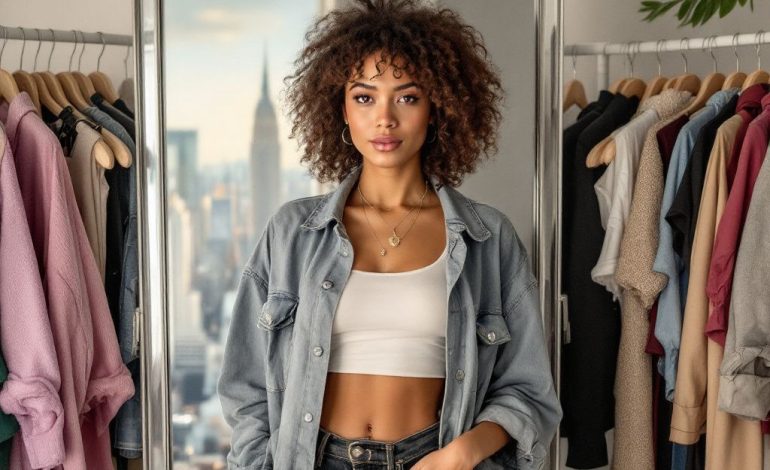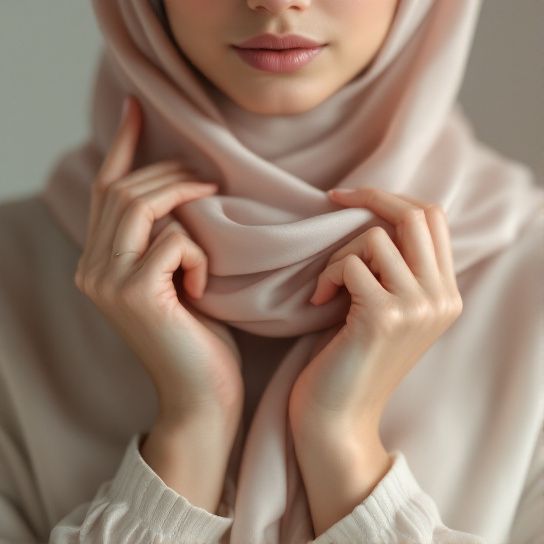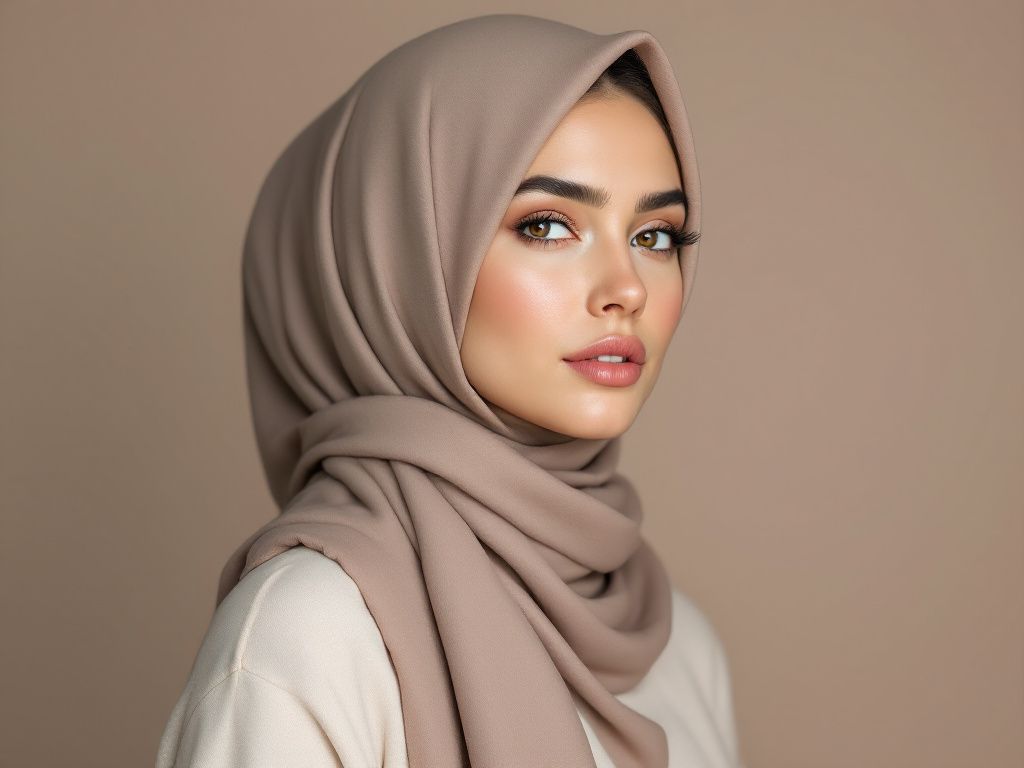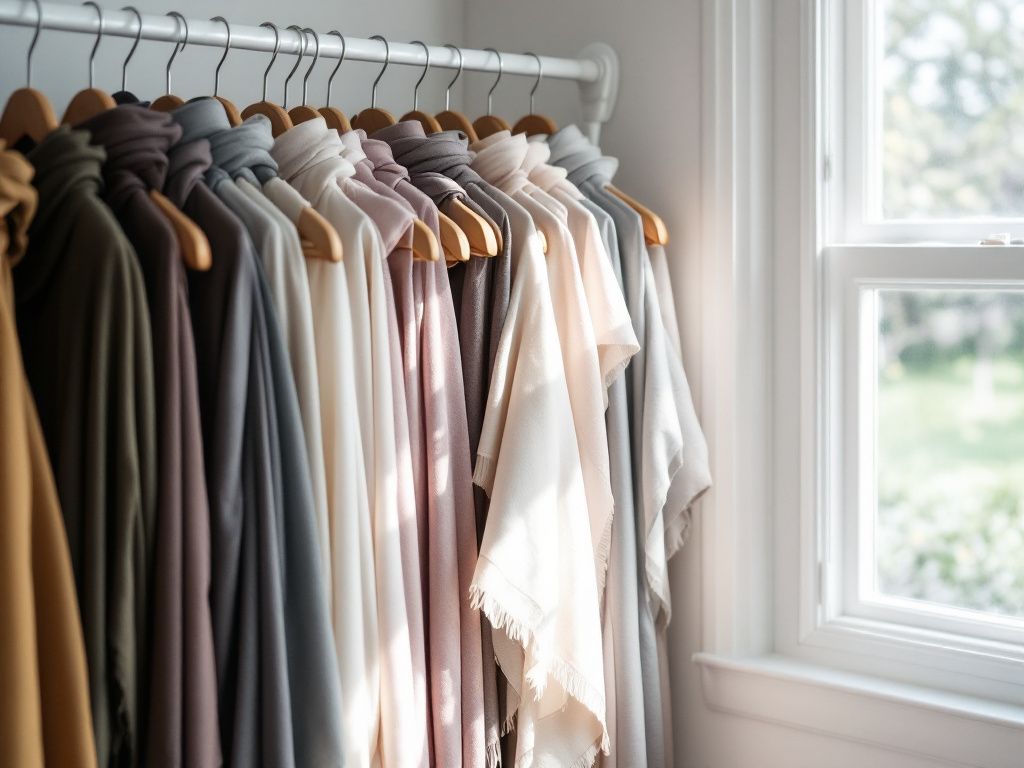Embrace Your Style Evolution: A Growth Guide to Personal Transformation

You know that feeling when you stand in front of your closet, screams of “I have nothing to wear!” whirl around even though there’s a mountain of clothes right before you? Yeah, we’ve all been there. But don’t stress! This isn’t just about the dreaded closet clash—it’s about welcoming your style evolution. Style isn’t static; it continuously grows and changes, much like we do as individuals. It’s about discovering what truly reflects who you are today and not who you were five years ago—or who you might be down the road.
Understanding Style Evolution
Style evolution isn’t just a fashion buzzword meant to spark a new shopping spree. It genuinely reflects the shifts in our personalities and experiences. Why does it matter? Well, because our outward appearance influences our self-confidence. And feeling good in what we wear often translates into feeling good about ourselves. When your style matches your vibe, it’s like the stars align. But how do you start with this evolution? Glad you asked.
Why Personal Change Fosters Style Growth
Ever notice how those major milestones—getting a new job, moving to a new city, or even a change in relationships—often trigger a wardrobe revamp? It’s no accident. These life changes spark a kind of personal transformation that calls for an aligned outward expression. Let’s dig a bit deeper into why these shifts matter.
- Identity Aligns with Apparel: Major life events often act as catalysts for change, encouraging us to reflect and adapt. Your personal growth naturally begets a change in style because as you evolve, so should your expression.
- Builds Confidence: Imagine styling confidence as your armor for the day. Feeling fabulous as you face the world tops any motivational self-talk. Trust me on this one—when what’s on the outside feels right, it boosts your inside game too.
Pause for a Pep Talk
Quick side note: if you’re feeling a little stuck in a style rut, it’s important to remember this is normal—a necessary pit stop on the journey of style evolution. Growth isn’t linear. It’s not about overnight transformations but rather gradually tuning in to what feels like “you.”
Actionable Steps to Kickstart Your Style Evolution

Alright, let’s roll up our sleeves and get into the crux of it—how do we turn this abstract concept into concrete change? Here’s how you begin:
1. Closet Audit
Pull out everything you own and assess. I mean really look at them. What pieces do you gravitate towards? Which ones spark joy and which ones are there because, who knows why?
- Keep, Donate, or Repurpose: Sort your clothes into three piles: masterpieces, donations, and those that just need a little creative spark to transition them into something wearable.
- Identify Patterns: Notice repetitive elements in your “keep” pile. Patterns, colors, or styles might be clues to your evolving appearance preference.
2. Re-discover Inspiration
Ever feel lost without fashion direction? Explore new sources for inspiration.
- Social Media and Magazines: Don’t just passively scroll; actively save looks that catch your eye. Often, seeing various combinations can click something in your head.
- Personal Icons: Identify three style icons whose aesthetics resonate with you and break down specifically what those components are—silhouettes, colors, etc.
3. Explore and Experiment
Don’t be afraid to shake things up—try on outfits you wouldn’t normally choose.
- Try New Silhouettes: Outfits you usually bypass on the hanger might look completely different once on. Sometimes, surprising yourself is all you need.
- Color Play: Have a color you’re convinced looks terrible on you? Give it a new chance. Incorporate it subtly with accessories.
Develop Your Unique Style DNA

Color Palette Customization
Understanding your suitable color palette can profoundly change how others perceive you and how confident you feel. Trust in the psychology of color, my friend—your style will thank you.
- Find Your Season: Whether you’re a Spring, Summer, Autumn, or Winter type, knowing your seasonal color palette can revolutionize your morning closet sessions.
- Edge and Neutral Fusion: Don together bold pieces with neutral tones for balanced elegance. Reinvent items with multidimensional use that can adjust between seasons.
Value Outfit Functionality
This might sound Ted-Talk serious, but it really boils down to two words—lifestyle compatibility. Your style makes sense when it adjusts seamlessly from days at the office to evening get-togethers.
- Consider Practicality vs. Passion: Fast fashion isn’t always sustainable, neither environmentally nor style-savvy. Invest wisely in clothes that cater to your everyday life but indulge occasionally in fun, less practical pieces.
Accessory Immersion
Accessories are like style spices—they elevate but don’t overpower.
- The Power of Statement Pieces: Use bold scarves, unique necklaces, and charming hats to weave intrigue and zest into your wardrobe.
- Mix and Match: There’s brilliance in playful accessory combinations that add a crafty feel to an otherwise basic ensemble.
Making Sustainable Style Choices
Let’s get a bit more thoughtful in our purchases as style isn’t just about grabbing what’s trendy.

Invest in Timeless Pieces
Fast fashion often leads to quick wardrobe turnover—a more sustainable choice shifts towards investment pieces.
- Material Understanding: Learning about fabric longevity can guide you smarter than ever before. Discover which textures work best for your climate and comfort.
- Versatile Staples: Identify pieces that perform double duty—a blazer that ups your work wardrobe morphs into chic casual evenings out feature.
Mindfulness in Consumerism
Embracing style evolution means acknowledging clothing as an expression rather than disposables.
- Local Love: Support local artisans and brands whose ethos aligns with yours. Your wardrobe tells a better story when it includes meaningful purchases.
Quick Breath on Progress
There’s something undeniably refreshing leaving you settled with a modernized version of your classic, comfortable style—a touch of nostalgia with an ambitious nod to the future.
Keeping the Flow—Embrace Constant Change
Being too rigid in style stunts personal growth. Embrace that styles evolve and learn to flow with that current without letting yourself drown in it. Here’s a truth to meditate on: the destination is valuable, but truly, the journey of change is enriching beyond words. Style evolution is about tuning into every little cue nudging you toward inspired choices. Your attire isn’t dictated by random fashion authorities—it starts with you, wraps around your growth, becomes empowered by change.
So here’s to style evolution, to perpetual progress, getting a little comfier with each day—donkey paths that venture into endless reinvention possibilities. Now get in there, shuffle things around, mix, match, evolve… blossom conflicts into concord life styling, empowering reflections worth threading. You’re fully capable of recreating your narrative through the language of fashion. Trust me—you’ve got this one pat down.
Frequently Asked Questions
What is style evolution in the context of fashion?
Style evolution in the context of fashion refers to the continuous change and development of personal or cultural fashion styles over time. This evolution is influenced by various factors such as societal changes, technological advancements, cultural shifts, and individual experiences. It reflects how fashion adapts to the world around it, incorporating new trends, materials, and designs while often drawing inspiration from past eras[1][3][5>.
How has fashion style evolved throughout history?
Fashion style has evolved significantly throughout history, reflecting the cultural, social, and technological changes of each era. For example, the Renaissance period was characterized by opulent and structured clothing, while the 18th century saw a shift to more flowing and delicate designs during the Rococo period. The Industrial Revolution made mass production possible, leading to more accessible clothing, and the 20th century saw the rise of subcultures like the mod and punk movements that challenged traditional fashion norms[1][3][5>.
How can an individual evolve their personal style?
An individual can evolve their personal style by embracing change, experimenting with different trends and techniques, and staying consistent with what feels authentic. It involves being open to new influences, reflecting on personal growth and experiences, and adapting style to suit changing tastes and circumstances. Consistency in certain themes or elements can help sharpen and polish one’s unique voice in fashion[4][5>.
What role do cultural and societal influences play in style evolution?
Cultural and societal influences play a crucial role in style evolution. Fashion trends often reflect the societal shifts, technological advancements, and cultural norms of the time. For instance, the French Revolution led to a shift from opulent to more practical clothing, and the Industrial Revolution enabled mass production, making fashion more accessible to a wider audience. Subcultures and global events also significantly impact fashion trends, making style a dynamic and ever-changing aspect of human expression[1][3][5>.
References- Yellowbrick. (2023). The Evolution of Styling History: Fashion Trends Throughout Time.
- Smart Pattern Making. (2024). Fashion Evolution: Key Moments from the 1600s to Today.
- Siyah Enterprise. (2023). The Art of Style Evolution: Embracing Your Unique Fashion Journey.







